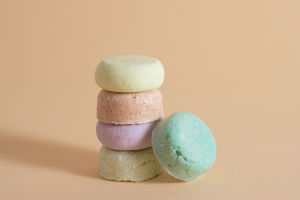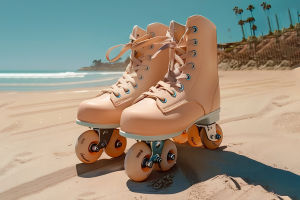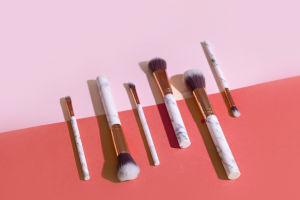In daily fitness routines and outdoor activities, a sports bottle has become an indispensable piece of equipment.
With various types of sports bottles available on the market, offering different materials and features, how can you choose the right one for yourself?
This article will provide a detailed guide from six key aspects to help you make the best choice.
1. Material Selection
The material is one of the most important factors to consider when choosing a sports bottle. Common materials include plastic, glass, and stainless steel, each with its pros and cons.
Plastic bottles are lightweight and relatively inexpensive, but make sure to choose BPA-free plastic to avoid the release of harmful chemicals. Glass bottles are eco-friendly and do not affect the taste of the water, but their fragility makes them less suitable for outdoor sports.
Stainless steel bottles are durable and provide excellent insulation, making them ideal for long outdoor activities or when you need to keep your water at a specific temperature. However, they tend to be heavier, which might be inconvenient to carry.
2. Capacity
The capacity of sports bottles usually ranges from 300 ml to 1 liter. The right capacity depends on the type of activity and duration of your outings. For short gym sessions, a 500 ml bottle is usually sufficient.
However, for longer hikes or cycling trips, it is recommended to opt for a 750 ml or larger bottle to ensure you have enough hydration on hand. In hot weather, where fluid loss is quicker, a larger capacity can also reduce the need for frequent refills. On the other hand, larger bottles might be less convenient to carry around, so balancing capacity and portability is key.
3. Bottle Mouth Design
The design of the bottle mouth directly affects the user experience. A narrow mouth might make refilling or cleaning difficult, while a wide mouth could cause spills while drinking.
Generally, wide-mouth bottles are convenient for filling and cleaning, especially during outdoor activities where you might need to quickly replenish water from natural sources. However, for running or cycling, a narrow-mouth bottle with a spout is often more practical, as the spout design helps minimize splashes while you drink on the go.
4. Insulation Features
For some, having warm water during a workout or cold water during a hot summer day can significantly enhance the overall exercise experience.
Therefore, selecting an insulated sports bottle is also a consideration. Double-wall vacuum-insulated stainless steel bottles provide the best insulation, keeping liquids cold or warm for extended periods.
5. Portability Design
Portability is another crucial factor to consider when picking a sports bottle. The design of the bottle should suit the type of physical activity you engage in.
For example, if you enjoy hiking or mountain climbing, you may want to choose a bottle with a strap or handle so it can be easily attached to your backpack for quick access. For running or cycling, a lighter, more compact bottle with an easy-to-grip handle or an anti-slip design might be ideal.
6. Additional Features and Designs
Some sports bottles come with extra features like built-in filters or antimicrobial properties, especially useful for outdoor adventures where you may need to refill from natural water sources. These bottles can filter out impurities and microorganisms, ensuring the water you drink is safe.
In conclusion, selecting the right sports bottle involves more than just choosing based on material and capacity. It’s essential to consider how easy the bottle is to use, its features, and whether it aligns with your specific activity needs. By keeping these six points in mind, you’ll be better equipped to choose the perfect sports bottle to support your health and performance during exercise.


